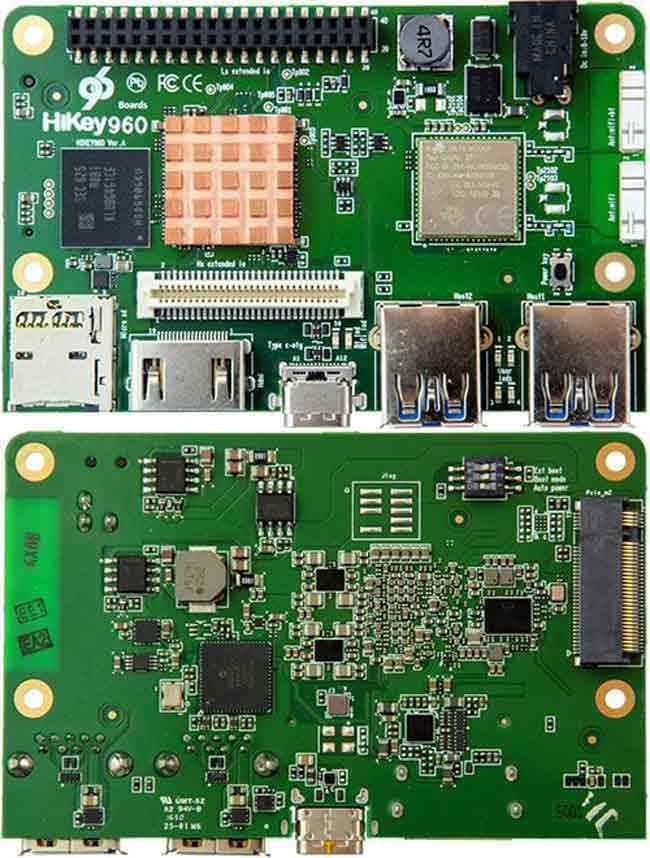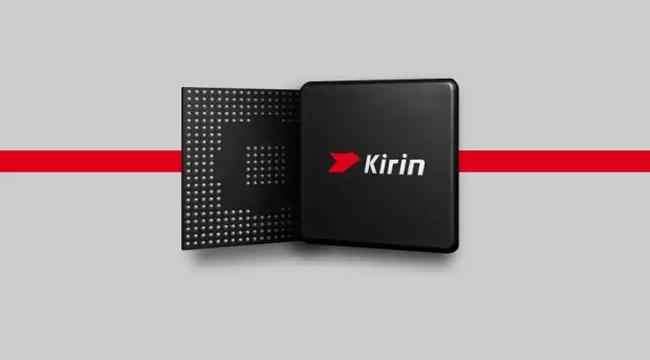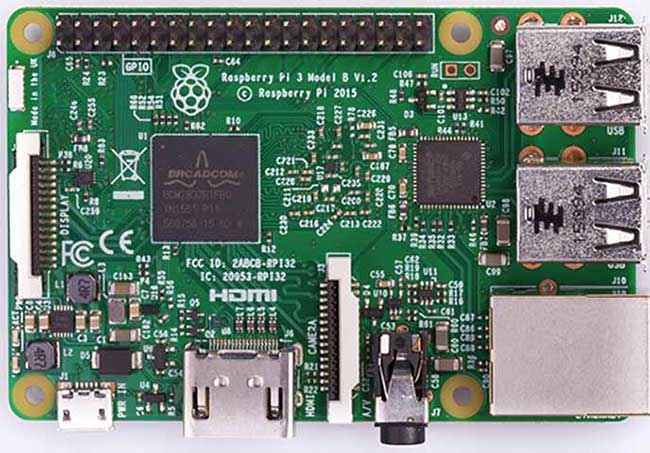No, Huawei’s HiKey 960 is not a Raspberry Pi alternative
The HiKey 960 was built to prototype smartphones while the Raspberry Pi aims to promote the study of computer science
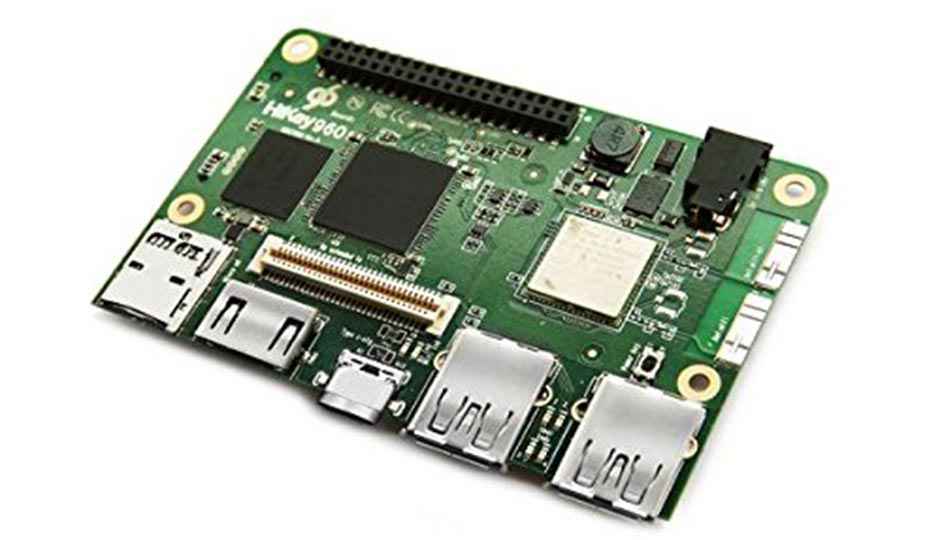
The Internet has been rife with news of a new Raspberry Pi alternative in the form of Linaro’s new dev board, the HiKey 960. Given that the vocabulary of those alien to the Open Source development community is limited to Arduino and Raspberry Pi, it was only natural that they draw comparison between the HiKey 960 and the Raspberry Pi 3. However, that’s not the case. The non-profit Raspberry Pi Foundation which brings out the popular dev board does so with the intention of promoting programming and computer science. The Raspberry Pi boards are priced at or under $35 to suit that very purpose. However, the HiKey 960 is brought to you by the Linaro which is an open-source engineering organization whose core members include for-profit technology companies. And it’s no wonder that the HiKey 960 is priced at $239.
 Survey
SurveyHiKey 960 vs the Raspberry Pi 3
For starters, the HiKey 960 has a broader feature set, more powerful hardware and even more connectivity options. Going by their specifications, we can see that the HiKey 960 is a development platform primarily focused towards smartphones.
Powered by a HiSilicon Kirin 960, developers can play around with 8 cores (4x A73 + 4x A53), two camera interfaces and a multitude of connectivity interfaces. Here’s the HiKey 960 when compared against the Raspberry Pi 3.
| Board | HiKey 960 | Raspberry Pi 3 |
| SoC | Kirin 960 | Broadcom BCM2837 |
| Core(s) | 8 4x Cortex-A73 @2.4 GHz 4x Cortex-A53 @1.8 GHz |
4 4x Cortex-A53 @1.2 GHz NA |
| GPU | Mali-G71 MP8 | VideoCore IV |
| RAM | 3 GB | 1 GB |
| Storage | 32 GB UFS 2.1 MicroSD Slot |
NA MicroSD Slot |
| Video | HDMI 1.2a | HDMI 1.3 |
| Connectivity | Dual band 802.11ac NA Bluetooth 4.1 |
Single band 802.11n 10/100 Mb/s Ethernet Bluetooth 4.1 |
| USB | 2x USB 3.0 Type A 1x USB 2.0 Type C |
NA 4x USB 2.0 Type A |
| Camera | 1x 4-lane MIPI CSI 1x 2-lane MIPI CSI |
1x 4-lane MIPI CSI NA |
| Expansion | PCIe Gen2 M.2 40-pin low-speed 60-pin high-speed 2x UART 2x I2C SPI I2S 12x GPIO |
NA 40-pin low-speed NA 2x UART 2x I2C SPI I2S 40x GPIO |
| Power | 8-18V 2A 12V Optimal |
5V 1.34A 5V Optimal |
So where does Huawei come into the picture? Well, it owns HiSilicon, the maker of the Kirin 960 SoC. Hence, if developers enter mass production with the Kirin 960 based board, then Huawei stands to gain more business. This does not, in any way undermine the open source nature of Linaro. However, one cannot simply ignore the fact that a for-profit organisation has a lot to benefit should the board gain mainstream acceptance.
HiKey Kirin 960 is way overpowered
The Kirin 960 is way powerful than the Broadcom BCM2837 and there’s no doubting that. Aside from a greater core count and higher clock speeds, it has a wider instruction set and the cumulative effect is that it can manage a significantly higher number of IPC.
Built for the current crop of smartphones, the Kirin 960 is more than capable of playing 4K content while the Raspberry Pi 3, while designed for 1080p can manage 4K video with a few tweaks. However, you’ll find the SoC package heat up quickly should you do so. Drawing direct comparisons using benchmarking software like Geekbench isn’t an easy task as there isn’t a currently supported version which can run over the same set of software on both platforms but it should be obvious that the current gen Kirin 960 SoC is way powerful than the much older BCM2837. We found a GeekBench4 score of 1041 for the Raspberry Pi 3 on their website which does put it leagues behind the Kirin 960.
So what are the proper alternatives?
If you’re looking for Raspberry Pi 3 alternatives then you may want to check out the PineA64+, NanoPC-T3 and the OrangePi Plus 2.
And if you want to know of a competitive solution which goes toe-to-toe with the HiKey 960 then check out the BeagleBoard X15.
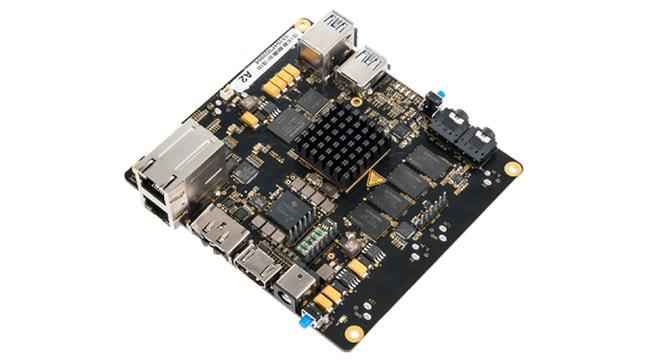
Mithun Mohandas
Mithun Mohandas is an Indian technology journalist with 14 years of experience covering consumer technology. He is currently employed at Digit in the capacity of a Managing Editor. Mithun has a background in Computer Engineering and was an active member of the IEEE during his college days. He has a penchant for digging deep into unravelling what makes a device tick. If there's a transistor in it, Mithun's probably going to rip it apart till he finds it. At Digit, he covers processors, graphics cards, storage media, displays and networking devices aside from anything developer related. As an avid PC gamer, he prefers RTS and FPS titles, and can be quite competitive in a race to the finish line. He only gets consoles for the exclusives. He can be seen playing Valorant, World of Tanks, HITMAN and the occasional Age of Empires or being the voice behind hundreds of Digit videos. View Full Profile
